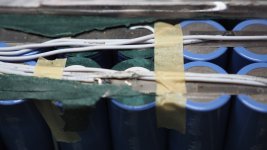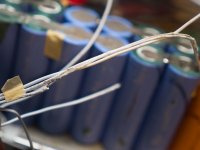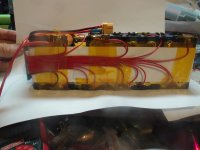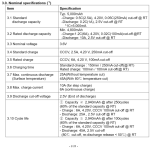docw009
1 MW
That's a hard life for a 2P 50S, having to power a 30A BBSHD at 15A per cell peak.
I had a battery where they ran the balance wires over the tops of the cells, I took this battery, a 21700 13S-2P apart, and repackaged it with cell holders, new PVC wrap, and BMS.plus rubber shrink wrap. This one now runs my wife's ebike at a typical 100 watts on the average. It's well built, but still have the uncertainty of cheap cells,


Refinished. Still might be a bomb.

I had a battery where they ran the balance wires over the tops of the cells, I took this battery, a 21700 13S-2P apart, and repackaged it with cell holders, new PVC wrap, and BMS.plus rubber shrink wrap. This one now runs my wife's ebike at a typical 100 watts on the average. It's well built, but still have the uncertainty of cheap cells,


Refinished. Still might be a bomb.

Last edited:


